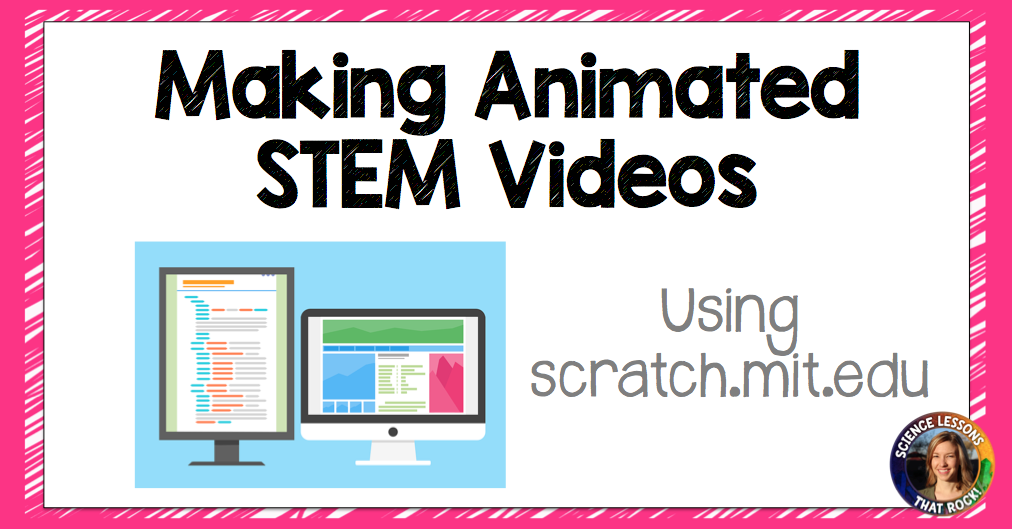Every year when I teach cells, students do a good job memorizing what the organelles do but have a hard time understanding how the organelles actually work together. I wanted my students to really visualize cell processes and how the cell functions as a whole. I came across a website from MIT that allowed students to create animated videos. I decided I was going to have my students create a video for a specific cellular process. This project can be scary for many students that aren’t tech-saavy (although most students are better with technology than we are!) To ease their minds, I let students work in pairs- one student could do a lot of the research and the other student could do more of the video building. Next I came up with a list of 15 different cellular processes (endocytosis, mitosis, DNA replication, etc.) that they could pick from. I have class sizes around 30 students so each group had a different topic for their video. This project could be used for any topic, not just cells!
Here are a few tips that will make the project run smoother:
1. Before you assign the project, play around with the website yourself. It was also helpful for me to watch youtube tutorials (like the one HERE) as I was learning. If you are familiar with the website then it is easier for you to help students when they hit road blocks… which they will.
2. Students will need to create a login for their video. I told students to use their school ID number as their login and their school password. Many students have multiple usernames for their emails and social media accounts, so I didn’t want them to forget their login. Also, when students shared their videos with me I could see whose video it was based on their ID number.
3. Before students begin, have them map out what they want their video to look like. I gave them a storyboard timeline worksheet (see image 2 below) and made them draw out their cellular process and write captions. I had to check and approve their worksheet before they could begin working on the video. It was a good way to check in with them and give them feedback to ensure they weren’t missing anything.
4. Allow students to look around at videos that are already made. On the scratch homepage you can search for videos that other people have shared. If you find a video you like, you can click See Inside (see image 3 below) and see how they actually built the video. I made it clear that students could only look there for ideas, but couldn’t copy what other people made.
5. It will take time, and get ready for the whining. If I had a dollar for every time I heard “can’t we just make a powerpoint instead?” I would be going to a steakhouse for dinner tonight courtesy of my students. One student even said “Come on Mrs, we’ve been making powerpoints since we came out of the womb!” That is exactly why I didn’t let them make a powerpoint. In the end (I gave them a week), they came up with some awesome videos. The great thing about this site is they don’t have to be at school to work on it, just anywhere with an internet connection. If they don’t finish in the assigned class time, they can work on it at home.
6. Chances are you will have a group or two that just can’t figure out the website and how to make things move and work. As a last resort for these groups, I showed them how to make it “powerpoint-like.” When you click on the “backdrops” tab, you can create multiple backdrops, which is essentially like powerpoint slides (see image 4 below). Then all they have to do is add a script that when the space bar is clicked, it moves to the next backdrop.
7. When students are finished, they need to click SHARE before the video goes live (see image 5 below). Once they clicked share, I had them copy and paste the URL into an email and send it to me for grading. I made it clear to students that the majority of their grade would be based on the video content, not the animations. For example, if the mitosis group had awesome visuals but forgot to tell me about what mitosis is, why cells divide, and which cells undergo mitosis then they wouldn’t get a great grade. That lowered the stress level for students who struggled with the animations.







